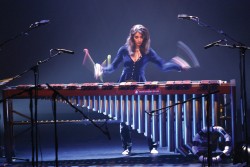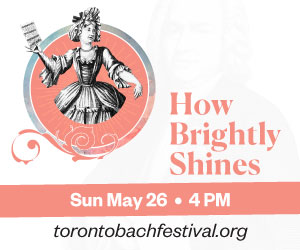Different Drummers - Glennie, Kodo, Nexus: Percussion and Cultural Confluence
 BROADLY SPEAKING, Western classical music has been dominated by the human voice, strings winds and keyboards. The many faces of percussion music however, so central to many other cultures, have been marginalised for most of its thousand-year history.
BROADLY SPEAKING, Western classical music has been dominated by the human voice, strings winds and keyboards. The many faces of percussion music however, so central to many other cultures, have been marginalised for most of its thousand-year history.
It was only in the 20th century that percussion instruments began to be featured as (almost) equals alongside the violin and piano. In the auteur hands of European composers such as Igor Stravinsky and Béla Bartók, Americans Henry Cowell and George Antheil, and the Franco-American Edgar Varese, both tuned and un-tuned percussion instruments began to take their place on the classical concert stage alongside more established instruments. Then in the late 1930s, west coast American composers John Cage and Lou Harrison, both students of Henry Cowell, started to write for multi- percussion ensembles.


